Leadership and Transformation in Virtual Environments
By William A. (Bill) Adams and Steve Athey
The speed at which things are changing is unprecedented. Looking at the world through the lens of COVID-19, every day seems to bring a new set of challenges. Many of us are hunkering down and have changed our normal routines to try and keep our people, ourselves, and our loved ones safe. It is an extraordinary time with fear and anxiety at a peak as supply chains have been interrupted, food insecurity is happening across the globe, borders are closed, markets are volatile, and travel has been halted. All of these things are highly interdependent and the future feels uncertain. Most of us, as leaders and practitioners, are feeling ill-equipped to keep our organizations connected and productive as we scramble to structure a “new abnormal.”
As we look to lead in this uncertain time, and as a global leadership development organization, we are being asked a lot of questions and being required to step up our own leadership as a firm. How can we move more consciously from a Reactive state of anxiety to a Creative state of generating outcomes that matter? How do we build sustainable leadership competencies that increase effectiveness in a VUCA (Volatile, Uncertain, Complex, Ambiguous) world? How can we gain emotional proximity in times of social distancing? What Creative dimensions can we lean into in these VUCA conditions? Finally, how can we help others (and ourselves) get comfortable and competent virtually if we’ve never done it before?
As complex beings, our systems, beliefs, and capacity for perspective are all being challenged. You may be thinking everything from, “I don’t know how to work virtually” to “I don’t know how to handle the complexity in my business, my family, my community, or with my neighbors,” all while feeling threat, fear, and a thousand emotions in between. You are not alone. We are all in this at some level or another.
There are two fundamental ways to be most effective as a leader in two different applications. One is how we are leading ‘self’, and the other is how we are leading others. They are integrated, and therefore impact each other in a virtual or vicious cycle. We have found the following practices contribute to changing the game for the better in difficult times. As you look at both leadership of self and others, we’d like to offer some perspective drawn from decades of helping leaders and their organizations transform. We hope that it may help shape your path forward.
Leadership of Self
In times of great complexity and uncertainty, how we manage ‘self’ is vital.
• Managing Anxiety and Contraction: The tendency in uncertain, difficult times is for our anxiety to rise and for us to contract rather than expand. Contraction cuts off and, in some cases, shuts down the very thing we need to rely on, which is our creative thought process and innovation. That creative process opens us up for possibilities and enables us to capitalize on them. If we don’t manage our anxiety and natural propensity for contraction, options narrow and close up. This is the opposite of what we want and need.
• Seeing Space as Opportunity: During times when our day-to-day routines go away and give way to a “new normal” (work from home, children at home, offices closed, meetings disappearing, projects being put on hold), there is a natural opening of space that did not exist before. We can either see that space as a threat or an opportunity. Being able to see space as opportunity, and then stepping into it, can completely change the game. We need to change our mindset to see this set of circumstances (and how we emerge as leaders from them) as a chance to develop our skills into ones that will be useful in any unpredictable situation.
• Personal Development: In the most trying of situations and circumstances, when everything is coming at lightning speed, we find that development can actually open up and accelerate. In other words, your personal development/growth can happen in shorter periods, in more profound ways. Stepping into this consciously and looking for “what is here for me now” (and then capitalizing on it) takes our own development forward in a positive and accelerated fashion. The more confident you are in your leadership, the less second-guessing and worry your teams (and loved ones) will experience as they navigate this new world towards a healthy and successful outcome.
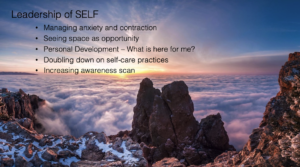 • Practicing Self-Care: In times of uncertainty, don’t abandon the practices of self-care. In fact, do yourself and everyone else a favor and double down on it. Self-care is fundamental to staying healthy and grounded. Being grounded and healthy will allow you to be there for others through your expanded capacity and capability. Take a walk, practice yoga, meditate, throw the ball to your dog – do something that allows you to connect to yourself. Many of us are thinking, “Who has time for that? Things are changing by the minute. I can’t step away,” but the only way you can be more available for others who need you (family, children, parents, clients, your people) is by taking care of yourself.
• Practicing Self-Care: In times of uncertainty, don’t abandon the practices of self-care. In fact, do yourself and everyone else a favor and double down on it. Self-care is fundamental to staying healthy and grounded. Being grounded and healthy will allow you to be there for others through your expanded capacity and capability. Take a walk, practice yoga, meditate, throw the ball to your dog – do something that allows you to connect to yourself. Many of us are thinking, “Who has time for that? Things are changing by the minute. I can’t step away,” but the only way you can be more available for others who need you (family, children, parents, clients, your people) is by taking care of yourself.
• Practice Multiple Awareness Scans: The practice of awareness is key for growth, development, action in the moment, and results. Take time, multiple times a day, to recognize how you are responding to any given situation. Check-in with yourself. What is your inner state of being? Recognize where you are now and ask yourself, “Is this where I want to be and how I want to show up?” If it is not, change it. Is your own state of being fostering an environment of concern to those around you and making things worse vs. better?
Leadership of Others
As we look for ways to lead others in our current environment, we must come back to purpose and outcome. Revisit home often. Ask yourself, “What is my purpose, what is our purpose, and what are the outcomes we are looking to create?” Help people stay outcome-focused and purpose-driven. We need to remember our mission despite any constraints, cut through the noise, and ground ourselves. Mission and purpose are enduring and weather all storms as they call us to a higher order.
• Embracing the Flexible “How”: The language we use can help shift perspective. Eliminate “cancel” from your vocabulary and instead use “repurpose or postpone.” This small change allows clients and teams to see the possibilities that exist in repurposing face-to-face meetings into virtual ones. If your client wants to postpone a big training or your team says, “No, we can’t,” pause and remind them, “What outcome are we trying to create? How can we co-create together to reach that outcome?” If there is an option to move it virtually and still accomplish our goals, why not?
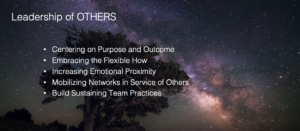 • Emotional Proximity: As social distancing becomes the norm and borders and offices close throughout the world, how can we increase our emotional proximity to others? One possibility is to increase the frequency and depth of our connections. Schedule daily check-ins with your teams that don’t involve work. Learn how to virtually connect on an emotional level and know you can have intimacy at scale, which is necessary for effective leadership. Take the time to get to know people on another level – an opportunity that may not have presented itself otherwise. Good teams are built on emotional connection, intimacy, and relationship.
• Emotional Proximity: As social distancing becomes the norm and borders and offices close throughout the world, how can we increase our emotional proximity to others? One possibility is to increase the frequency and depth of our connections. Schedule daily check-ins with your teams that don’t involve work. Learn how to virtually connect on an emotional level and know you can have intimacy at scale, which is necessary for effective leadership. Take the time to get to know people on another level – an opportunity that may not have presented itself otherwise. Good teams are built on emotional connection, intimacy, and relationship.
• Listen to Your Inner Voice: Use your Creative Competencies of care and connection to tune into people’s experience in the now. Be there with them virtually and be purposeful in how you reach out. As you do this, you are building sustainable team practices for the future that will allow you to effectively communicate in any constrained environment. Now is the time to lean into your purpose and vision.
• Mobilizing Network in Service of Others: Now is the time for propagating effectiveness around the world. One way we can do this is to mobilize our networks in a virtual environment to reach our mission. Understand the pain points (technologically or otherwise) and layout a plan to address them. Leverage current (and new) digital platforms, find a resource that knows how to work virtually at scale, and take advantage of their knowledge to move into a flexible and agile interface. This not only connects us but opens up space for real transformation.
How we respond as leaders in this climate of uncertainty has a domino effect on our team’s lives, families, livelihood, and our own leadership. This is the time we must lead with purpose, even if we aren’t physically together. The more we can keep our teams from guessing what’s next, the more likely we are to create a stable environment for their lives as a whole. We are nothing without them, and we must do what we can to lead them during this time.
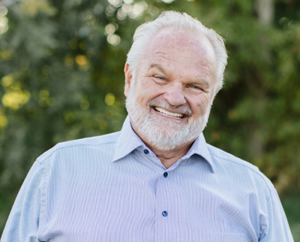
William A. (Bill ) Adams is the Chief Executive Officer at the Full Circle Group and The Leadership Circle.
Bill loves people and is passionate about relationships, leadership, and business. He is a serial entrepreneur who has started, owned and sold multiple businesses. As one of the founders of Full Circle Group, Bill brings thirty years of experience to his clients – the CEOs of major Fortune 500 corporations, non-profits, and private equity start-ups.
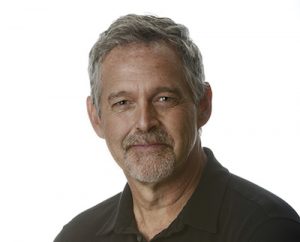 Steve Athey is a Senior Partner at the Full Circle Group and The Leadership Circle.
Steve Athey is a Senior Partner at the Full Circle Group and The Leadership Circle.
Steve combines a profound curiosity about life with a deep belief in the inherent potential of people. With an integrated approach to long term development he specializes in helping executives and their teams reach their full performance potential. As a master coach, Steve is committed to helping his clients maximize not only their contribution, but their personal experience of leadership.




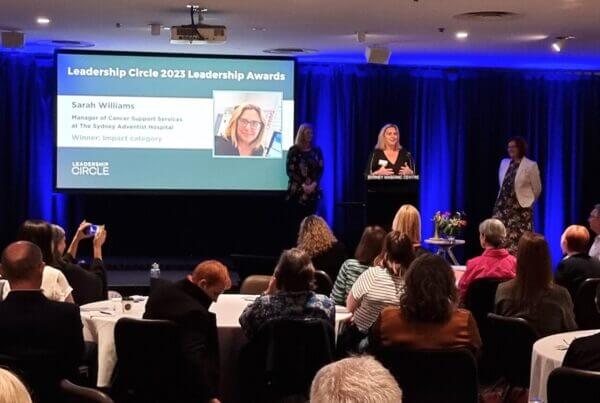
Super useful 🙏